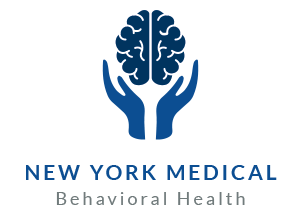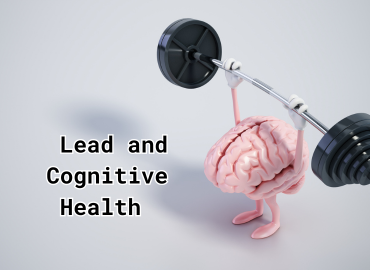Lead and Cognitive Health
According to the Environmental Protection Agency (EPA), lead is a naturally occurring heavy metal element found in our planet’s crust. It has some healthy uses, but it is toxic to the tissues of plants and animals, including humans.
Lead can be found in the soil, water, and air. Most of the time, humans are exposed to lead through human activity like our former use of leaded gas fuel, now no longer allowed. Lead paint used to be commonly used in the United States. While it is no longer used in new buildings, buildings erected before 1978 may contain lead paint or even lead water pipes, which release lead into the air and water. Lead mining, smelting, and refining also contaminate the surroundings with lead.
In recent decades, state and federal regulations have drastically cut down on the use of lead where it can get into the environment, but exposure is still possible. Today, most lead use is restricted to needs where its high density and ability to absorb radiation are helpful. These include radiation shielding, specialized weights, lead-acid batteries, and ammunition.
Lead has highly detrimental effects on the human body, particularly in cognitive function. We are most vulnerable to lead contamination in childhood but lead contamination can also cause cognitive decline in adults.
Lead exposure is directly linked to impaired cognitive function. Lead exposure damages areas of the developing brain responsible for:
Ability to learn new information
Ability for the brain to form new neural pathways
Ability to parse and remember information
Ability to focus attention
Ability to develop advanced reasoning skills
Ability to process visual-spatial stimuli
Ability to grow and sustain problem-solving skills
Even low exposure levels can harm the human brain. When looking for a living and/or working environment, take care to inquire about items like lead pipes or lead paint, especially if it is a building built before 1978. Licensed lead inspectors are available to check for the presence of lead. If you choose to remove contaminants like lead paint yourself, wear a respirator, cover your skin, safely dispose of the contaminants, and wash thoroughly afterward. On no account allow children, animals, or pregnant people into the affected environment until the lead is safely removed.
Clean your living and working environments frequently and see that air filters are in good working order. Check the components of items like toys and tools, and only order from areas of the world with regulations in place to avoid lead pollution. Eat a diet high in vitamins to help combat lead absorption in your body.
Do not touch your mouth or mucus membranes with items like leaded pottery glaze or fishing sinkers. Wash your hands as soon as possible after touching them. Never burn battery casings, waste oil, colored newsprint, or lead painted wood. Use your city’s hazardous waste regulations to guide you in disposing of them.
If you suspect that you have encountered dangerous levels of lead, call your doctor right away and ask them to run some tests. Also, call a local lead removal professional. Call us today at (585) 442-6960 or write to us on our website to inquire about services like blood panels that offer a holistic view of your health.




